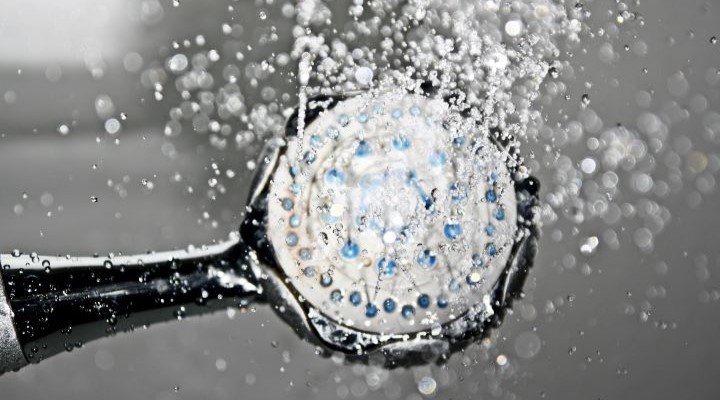
Cold Showers, Hot Benefits: Should You Make the Switch?
A stream of icy water hitting the skin can jolt you awake faster than any espresso. Athletes, entrepreneurs, and wellness enthusiasts swear by the routine, claiming it sharpens the mind and heals sore muscles. Yet many still wonder whether the shock is worth it or just another wellness trend. Below, we explore the real cold shower benefits, how brief bursts of chill may speed healing, and when caution makes sense.
What Happens When Cold Water Meets Your Skin
Turn the faucet to cold, and blood vessels near the surface tighten. This reaction sends blood inward to protect vital organs, then opens the vessels wide once you warm up again. The cycle encourages fresh, oxygen‑rich blood to flow through muscles and joints. Fans of the practice point to this natural pump as a key reason for the reported cold exposure recovery effect. Increased circulation may help sweep away metabolic waste so muscles feel fresher after demanding workouts.
Recovery Road: Helping Muscles Bounce Back
Sore legs after a run or tight shoulders after lifting weights are common. Applying ice packs has long been a go‑to trick, and cold showers follow similar logic. Cooling the body can slow inflammation, easing tenderness and stiffness.
Some studies suggest that spending one to three minutes under cold water immediately after exercise can reduce perceived muscle soreness over the next twenty‑four hours. That makes quick showers a convenient way to tap into cold exposure recovery without an ice bath or specialized equipment.
Building Mental Grit with a Chill
Staying calm while icy water pours down the neck is not easy. Each breath feels sharper, the heart beats quicker, and the instinct to step away is strong. Over time, repeatedly choosing discomfort in a controlled setting can train the nervous system to handle stress better.
Many advocates describe stepping out of the shower feeling alert and confident, crediting the ritual for stronger cold therapy resilience. By practicing steady breathing under strain, you may develop a calmer response to everyday challenges, whether that is a tough meeting or a traffic jam.
Who Should Think Twice?
Cold showers are generally safe, yet certain conditions demand care. People with uncontrolled high blood pressure, heart disease, or Raynaud’s phenomenon should consult a health professional before plunging into extreme temperatures.
Sudden temperature shifts put extra demand on the cardiovascular system, and caution helps prevent unpleasant surprises. Even healthy individuals benefit from a gradual approach instead of diving headfirst into ice‑cold water.
Dip Your Toe Before You Dive In
Curious about trying it? Start with a warm shower. During the last thirty seconds, turn the dial cooler than usual while focusing on steady breaths. As tolerance builds, stretch the cool phase to two or three minutes. Keep your shoulders relaxed and breathe through your nose to keep panic at bay.
Over a few weeks, you can experience firsthand which cold shower benefits feel real and which ones seem overhyped. Consistency, not bravado, is the secret to tapping into long‑term cold therapy resilience!
Final Splash: Cool Choice, Smart Strategy
A chilly rinse cannot replace balanced nutrition, solid sleep, or a thoughtful workout plan, yet it can serve as a simple tool to refresh muscles and mindset. When used wisely, the practice delivers both physical and mental payoffs without any fancy gear.
Looking for guidance on safe, science‑backed habits that boost overall wellness? Visit the National Wellness and Fitness Association for trustworthy resources and programs that support lifelong health goals.